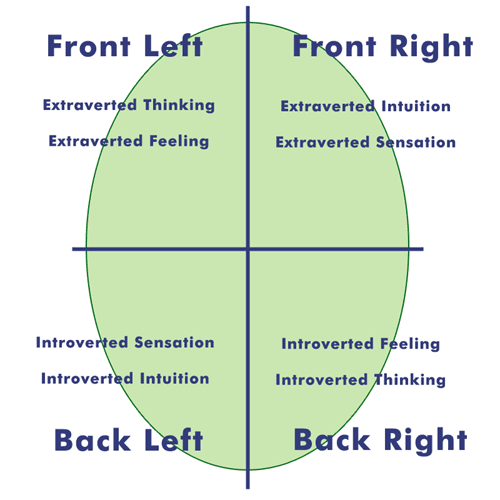"?"
New member
- Joined
- May 2, 2007
- Messages
- 1,167
- MBTI Type
- TiSe
This actually confirms why we should not attempt to correlate systems by interchanging terms. Jung and Myers-Briggs are specific in what is meant by Te/Ti and give only a small acknowledgement to thinking alone. Based on what you say the Tiegers do the opposite in giving more emphasis to thinking itself and merely reference to Te/Ti. This again adds to the confusion when readers do not distinguish between the systems.I think they do, but not in so many words.
They don't get into the nitty-gritty of it, but sort of simplify the application, so novices can understand it, which is the main audience of their book.
For instance, in Do What You Are, chapter six basically discusses the dominant and auxiliary functions. In the section called Personality Typograms" they represent the fact that an INTP uses introverted Thinking, and extravert iNuition.
This seems to corroborate, as Xander has said, that Te and Ti are not two separate entities but rather, the same entity being applied in different places.
Imo, that doesn't change the fact that Ti and Te look different from each other, and people have noticed that and made attempts at describing it.
The Tiegers I have said for years is a hybrid similar to Otto Kroeger. You’re right they make the attempt to simplify type, which continues to confuse readers when they attempt to correlate with the more in-depth work of Myers-Briggs and Jung. Jung, Myers-Briggs, John Beebe, Lenore Thomson, Naomi Quenck, etc are Jungian followers. Lenore Thomson made that known during her debate with Keirsey years ago, reminding him that his work is temperament and does consider the basic qualities of what makes MB different. The Tiegers and Otto Kroeger go equally as far as in their hybrids which in my personal opinion are too rudimentary. They do not discuss their work using cognitive functions but in part Keirsey and Myers Briggs (not Jung). In fact if you are going to consider any hybrid work at least Berens/Nardi’s is applicable. Sorry Mom I still have to disagree.


